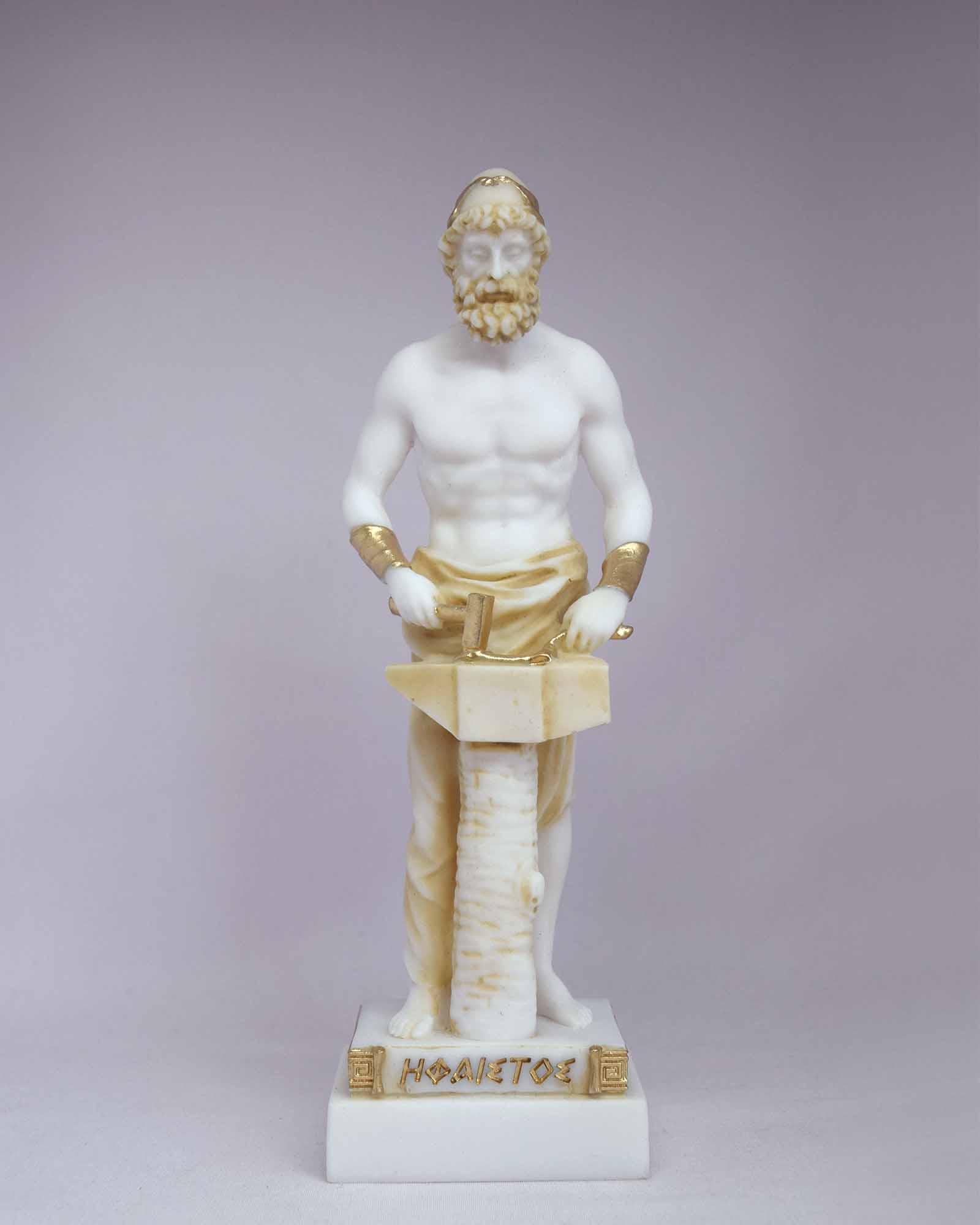

After the Persian Wars, the statues started having different, more natural and balanced postures and no longer smiled their expressions became much more austere and focused, full of power and flaming gaze. In the 6th century BC, two sculptors from Samos made a breakthrough and managed to create bronze cast statues, by pouring liquid bronze in previously sculpted molds. The male body was depicted naked, while the female forms were covered in the simple, Doric, or elaborate, Ionic tunic. Throughout the Archaic Era, sculptors created standing Kouroi and Korae (male and female statues), whose bodies, initially, were not perfectly scaled studying the body of athletes, though, sculptors soon understood the secrets of human anatomy and the temples of Ancient Greece filled with statues small and large. During the 7th century BC, the first Greek statues were created, using limestone and later marble. The Greeks were also inspired by Egyptian sculptures, which mostly depicted a standing man with one foot at the front, as well as a sitting priest. They mostly depicted women and were made of clay or marble. The first sculptures in Ancient Greece were created around 3000 BC, but they were up to 15 centimeters high and not elaborate at all. In this way, gods slowly came to life and people believed it was a means to gain their blessing. Later artists drew inspiration from Greek and Roman sculptures and created innovative works in 'Classical' styles.Sculptures were created in Ancient Greece mainly for religious purposes. From the Renaissance onwards, sculptures like these were being discovered in Rome and other ancient sites around the Mediterranean, collected by royalty, successive Popes and European antiquarians during their Grand Tours of Italy. Gods, athletes, heroic figures, subjects inhabiting the sensual worlds of the gods Aphrodite and Dionysos and decorative relief sculptures were popular. In many cases, the Greek originals don't survive.

Most of these sculptures survive in multiple Roman versions, discovered at sites all over the Mediterranean. Room 23 displays Roman statues, some based closely on marble or bronze originals, others only loosely inspired by Greek sculpture. When Greek originals couldn't be acquired, Roman patrons commissioned new sculptures to decorate their public buildings, private villas or sanctuaries to the gods. During the Roman conquest of the Mediterranean in the second and first centuries BC, Greek sculpture was both admired and looted, with many statues shipped back to Rome.


 0 kommentar(er)
0 kommentar(er)
